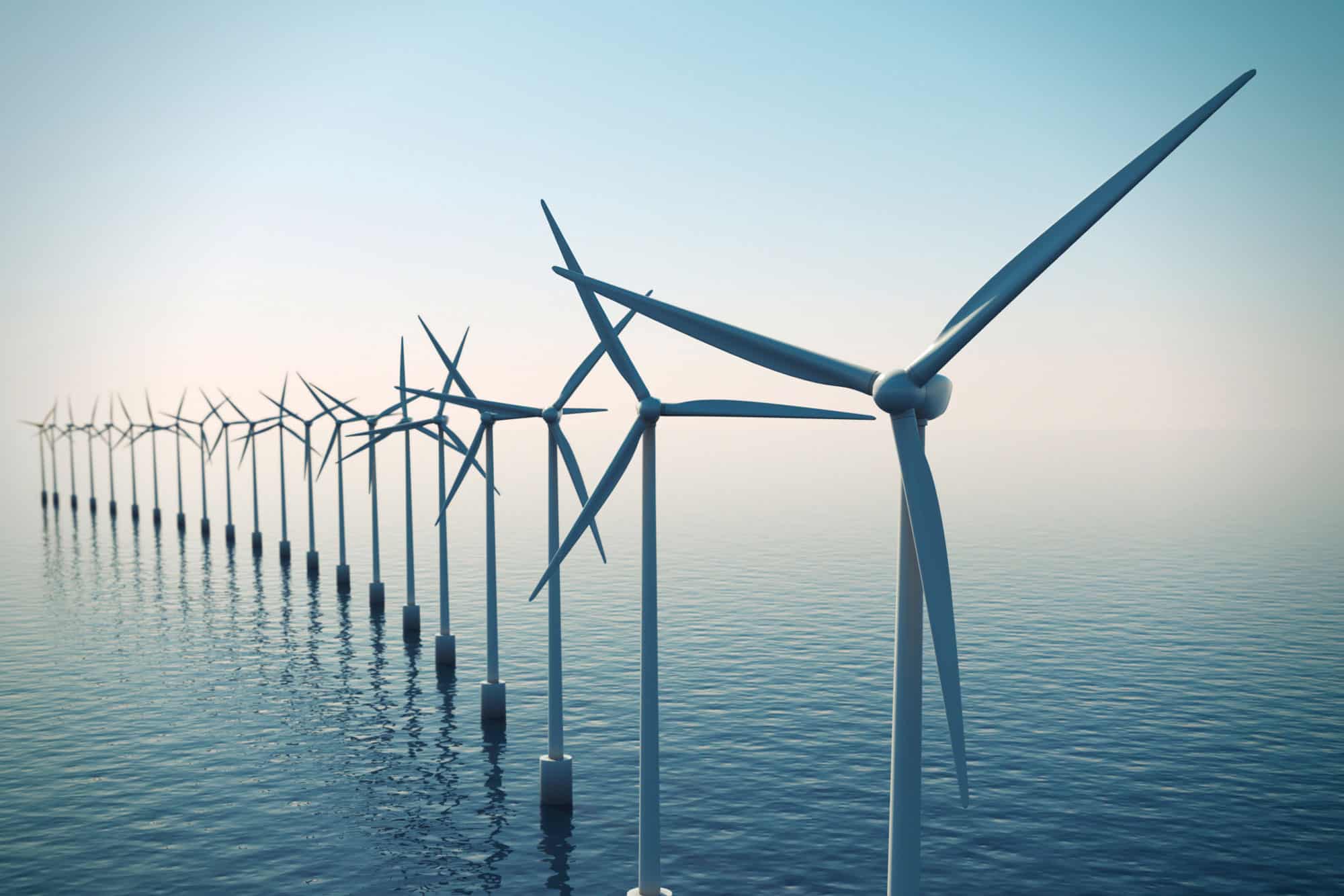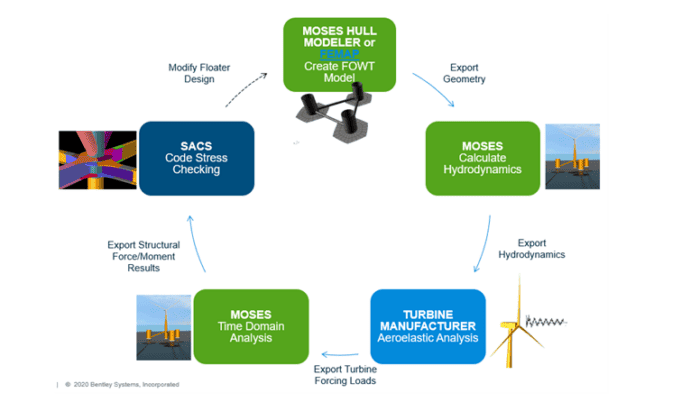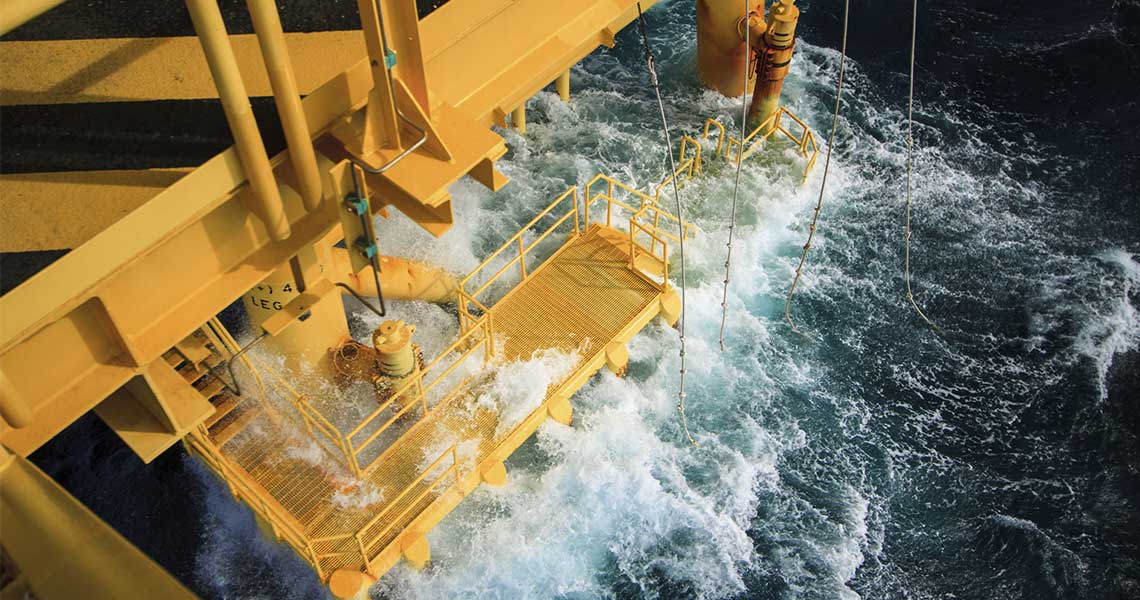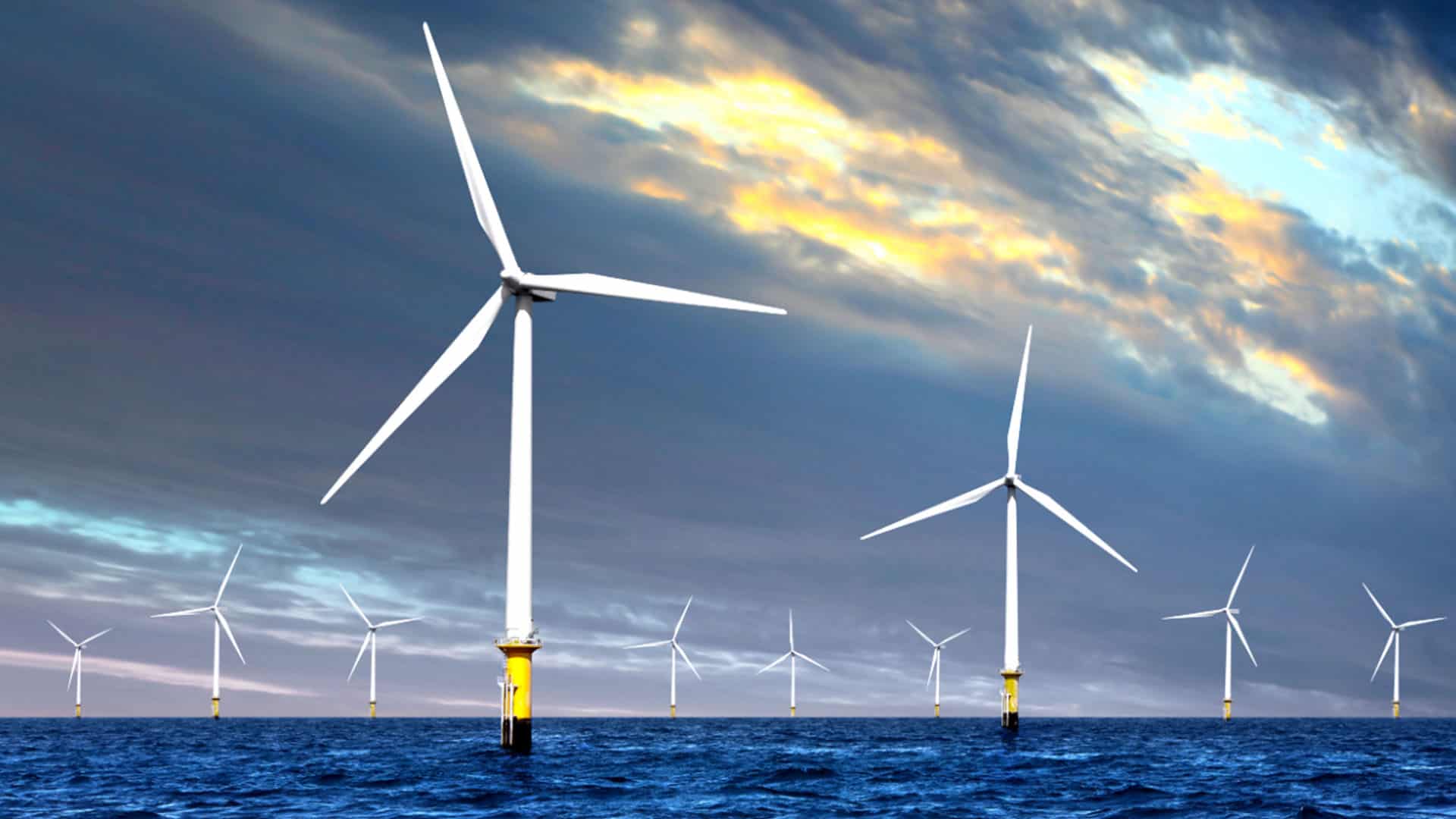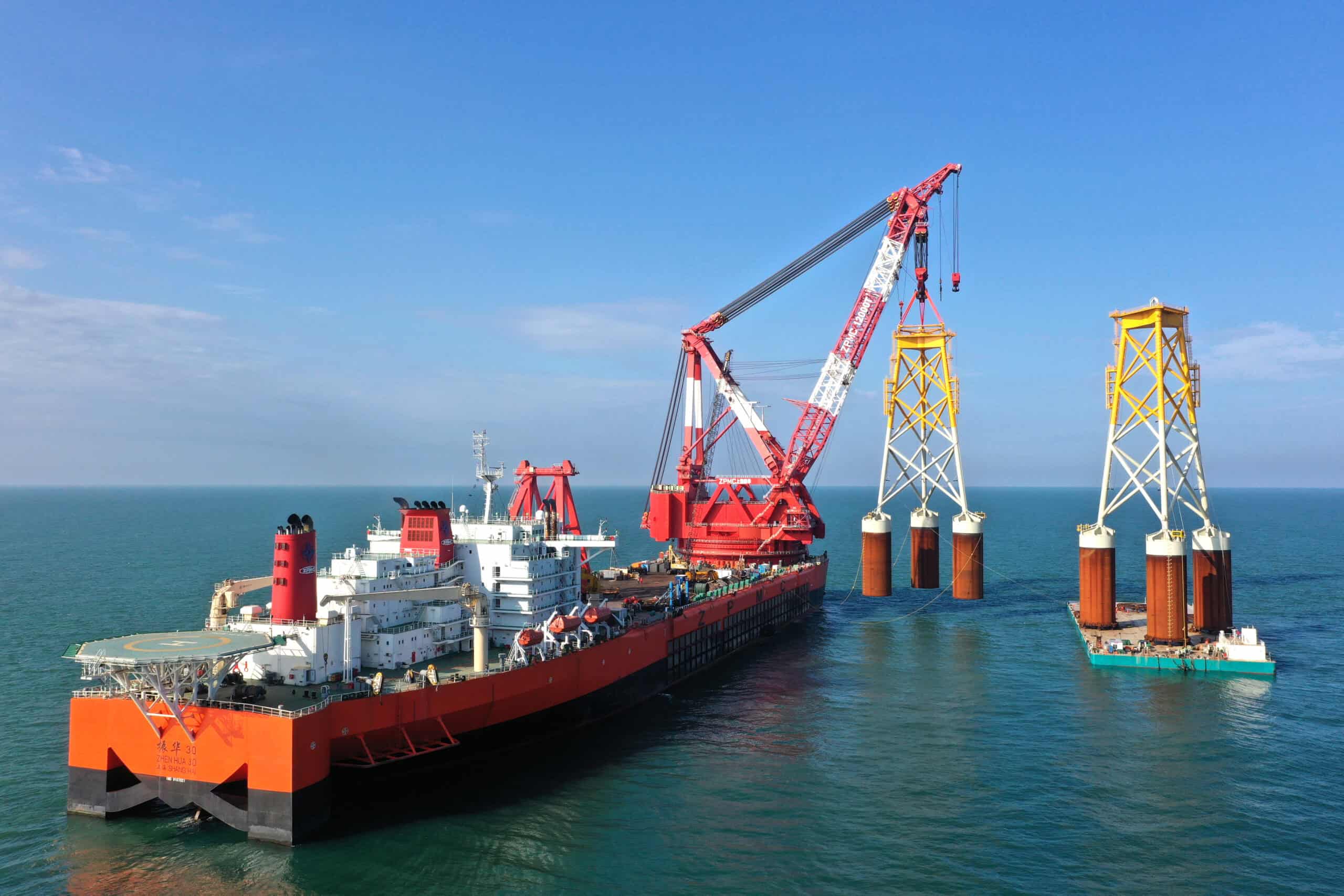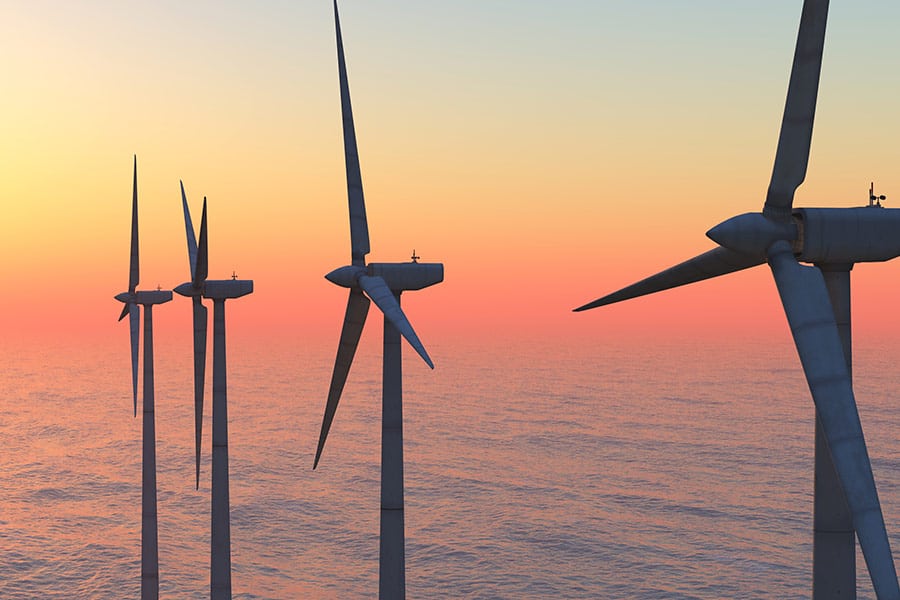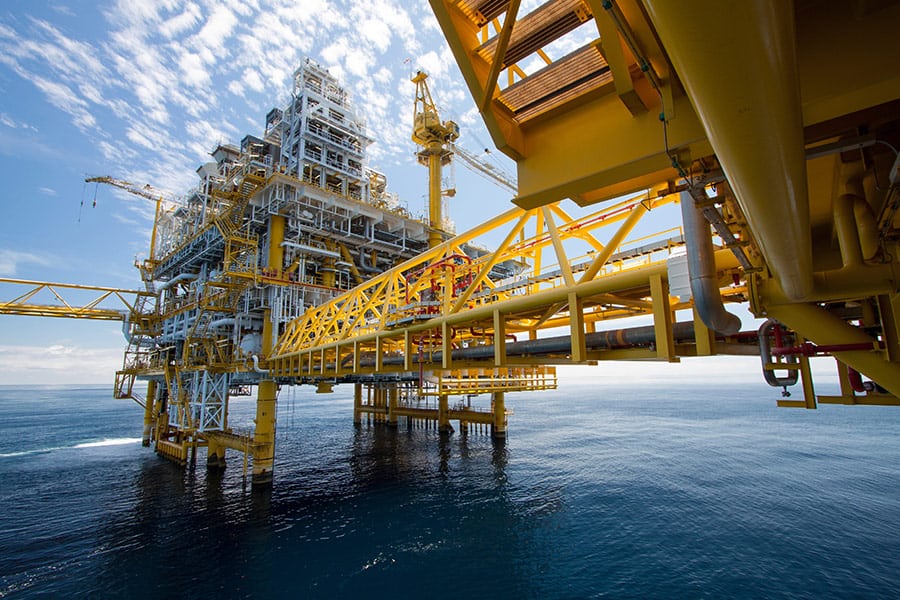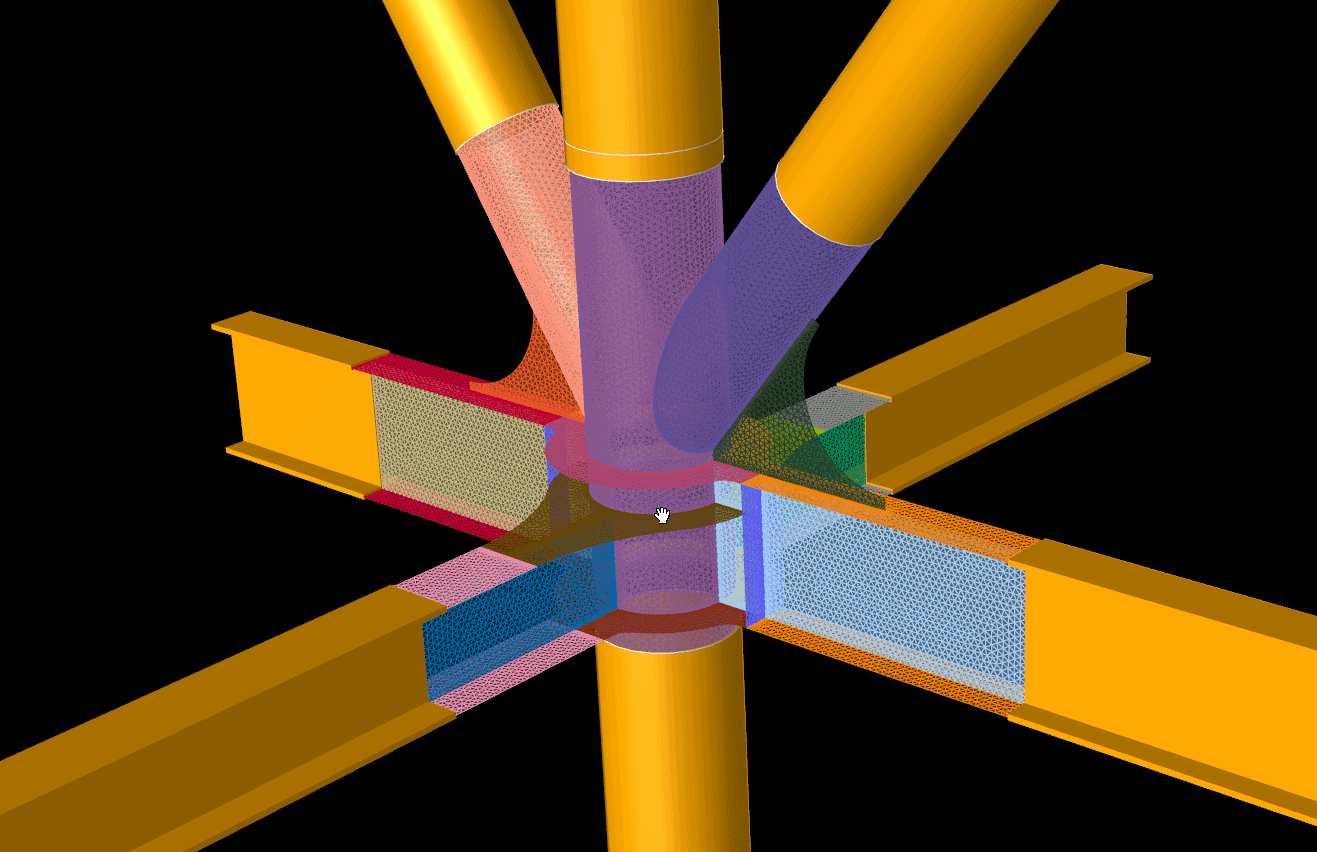Bentley’s OpenWindPower is the comprehensive engineering tool for designing offshore wind turbine foundations, leveraging the company’s renowned solutions for fixed and floating offshore oil and gas structures over the last 40 years.
Fixed Foundations
OpenWindPower Fixed Foundation software – built on the foundation of SACS Offshore Structure, the industry-leading engineering tool for offshore structure analysis – provides a comprehensive set of capabilities for the design and analysis of offshore wind turbine structures subject to wave, wind, and mechanical loading. The analysis approach is capable of predicting both fatigue and extreme loads for the substructure and nonlinear foundation.
The wave loading can be represented by either a time history or in spectral form. A random wave surface profile may be determined from a wave height spectral density function using multiple random seeds. Pierson-Moskowitz, JONSWAP, Ochi-Hubble, or user-defined wave spectra are available.
Similarly, the wind loading can be input as time history or as a random loading developed from Von-Karman, Harris, Kaimal, or user-defined spectra.
OpenWindPower Fixed Foundation features an interface to Bladed and FAST v7.1 software, accounting for the full coupling between wave, wind, and the wind-induced mechanical loading for a multimodal response analysis. The Bladed multicore interface is fully automated, allowing the user to handle hundreds of time history simulations required for a typical fatigue analysis. The optional multicore capabilities allow for a dramatic reduction in runtime.
The following figure demonstrates the workflow of fixed offshore wind turbine foundation design.
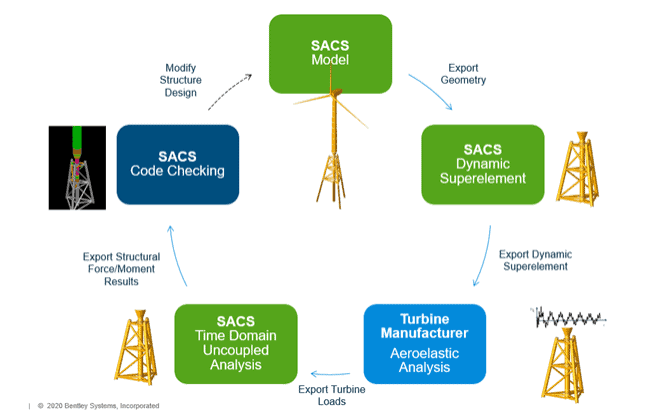
Figure 1: Typical workflow of fixed offshore wind turbine foundation design.
The coupled fixed foundation workflow involves the following steps:
- Create a SACS model
- Export dynamic super element
- Run turbine manufacturer aero-elastic program
- Run SACS time domain analysis
- SACS displays structural fatigue and strength results to design code standards, e.g., CP201 or ABS
- If required, modify design at step 1 and repeat cycle
Alternatively, the wind-induced mechanical force time history can be assumed to be independent of the wave and wind loads for an uncoupled analysis.
Floating Platforms
OpenWindPower Floating Platform software – developed on the foundation of MOSES software which covers advanced hydrostatic and hydrodynamic simulation – provides a comprehensive set of capabilities for the design and analysis of floating offshore wind turbine structures in a single product.
Hydrodynamic and structural models can be designed in 3D with advanced modeling capabilities. These models are subjected to wave, current, wind, and turbine mechanical loads to predict motions and compute fatigue on the floating platform.
Complex 3D models of any wind turbine platform are created in minutes, using wizards and interactive sketch features in MOSES Modeler. Model geometry can be imported from a variety of file formats, or powerful mesh modeling and automated curve and surface fitting tools can be used to quickly generate hydrodynamic and structural meshes in a single model for the analysis of new or existing platforms. The application enables you to explore design alternatives with advanced parametric modeling through macros in Microsoft Excel.
MOSES computes the hydrodynamic and hydrostatic loads on any floating wind turbine platform and exports this data in the widely accepted WAMIT file format. Aeroelastic wind turbine solvers, for example DNV’s Bladed, can apply this data to a turbine simulation, saving the resulting time series load information for later use. Advanced built-in MOSES macros read and apply these loads to the MOSES model during a time domain simulation, which computes sea pressures and inertial loads for detailed structural analysis.
Figure 2 demonstrates a typical workflow of floating offshore wind turbine foundation design.
Figure 2: Typical workflow of fixed offshore wind turbine foundation design.
Sample Workflow
The coupled offshore wind turbine workflow would involve the following steps:
- Model fixed offshore wind turbine foundation in MOSES Hull Modeler OR import SACS floating structural model (including from FEMAP). Export geometry to MOSES format.
- Calculate hydrodynamics of foundation. Export hydrodynamics in WAMIT format.
- Run Turbine Manufacturer aero-elastic program, e.g., Bladed for a full hydrodynamic turbine vibration time history analysis using MOSES’ hydrodynamic database. Export forcing and wave environment so that it can be read by MOSES.
- Run MOSES time domain analysis for each load case imported from Bladed (or FAST v7.1 or BHAWC). This will be done via the grid processing tool. Export CSF containing the structural model and results for each load case.
- SACS will display structural fatigue and strength results to design code standards, e.g., CP201 or ABS.
- If required, modify design at step 1 and repeat cycle.
Both OpenWindPower Fixed Foundation and OpenWindPower Floating Platform come with a comprehensive library of offshore industry codes and standards, as well as specific capabilities for the design of offshore wind foundations, such as:
- Joint Mesher for complex connection design and analysis
- Interfaces with PLAXIS software for large diameter monopiles or suction bucket foundation design
- OpenWindPower and Siemens Femap Interface that enables users to model transition or component pieces and other complex geometries in Femap and import them into SACS and MOSES
OpenWindPower software is also equipped with the Job Creator utility that empowers the user to use an Excel spreadsheet to automatically set up the file/directory structure for all of the time history simulations in minutes, saving weeks of manual, error-prone job creation. In addition, the Cloud or LAN Grid option enables the user to define multiple virtual or physical computer nodes over a cloud or their company’s local area network to run multiple analyses in parallel, to achieve up to 100 times savings in analysis computing time!
